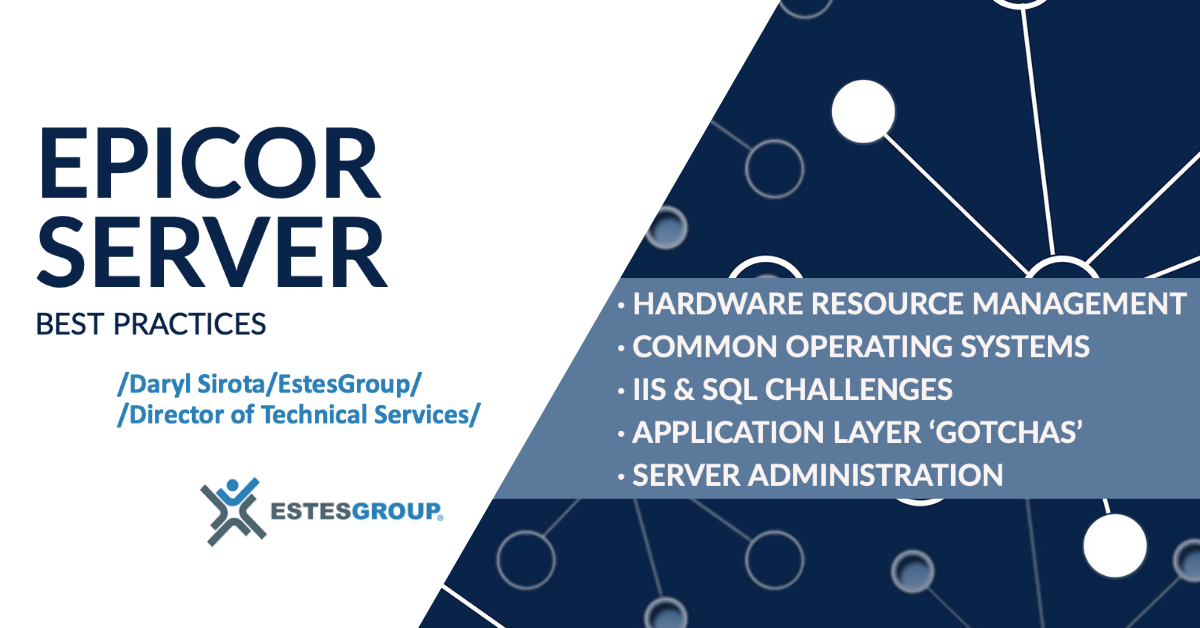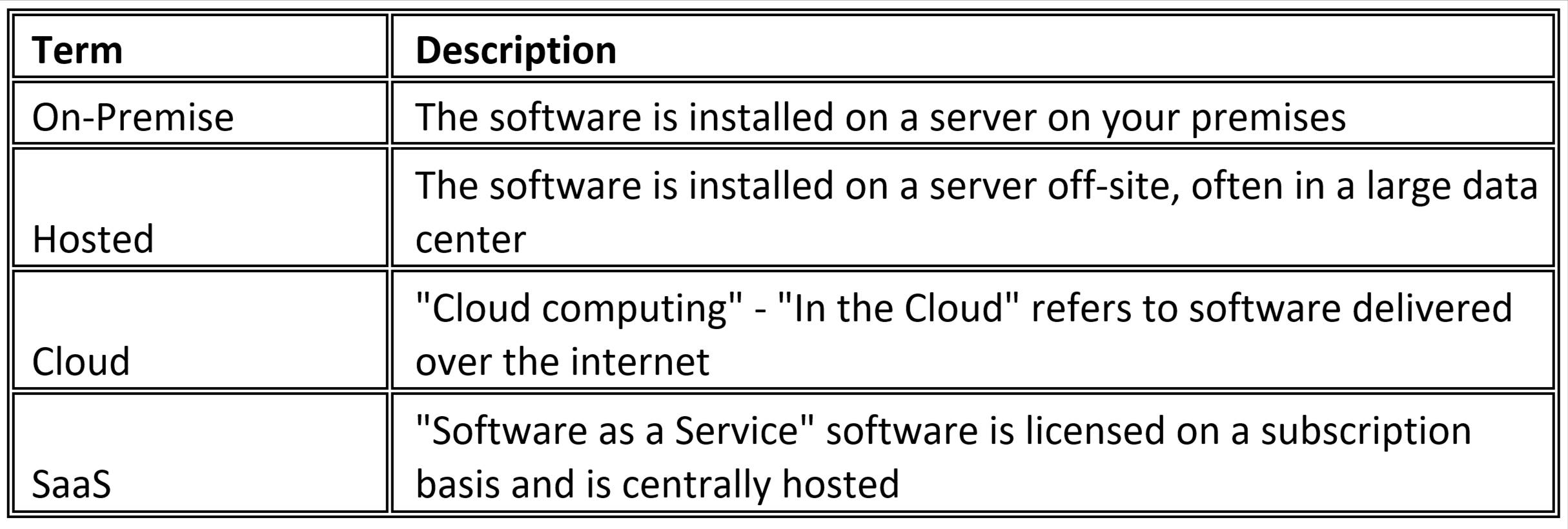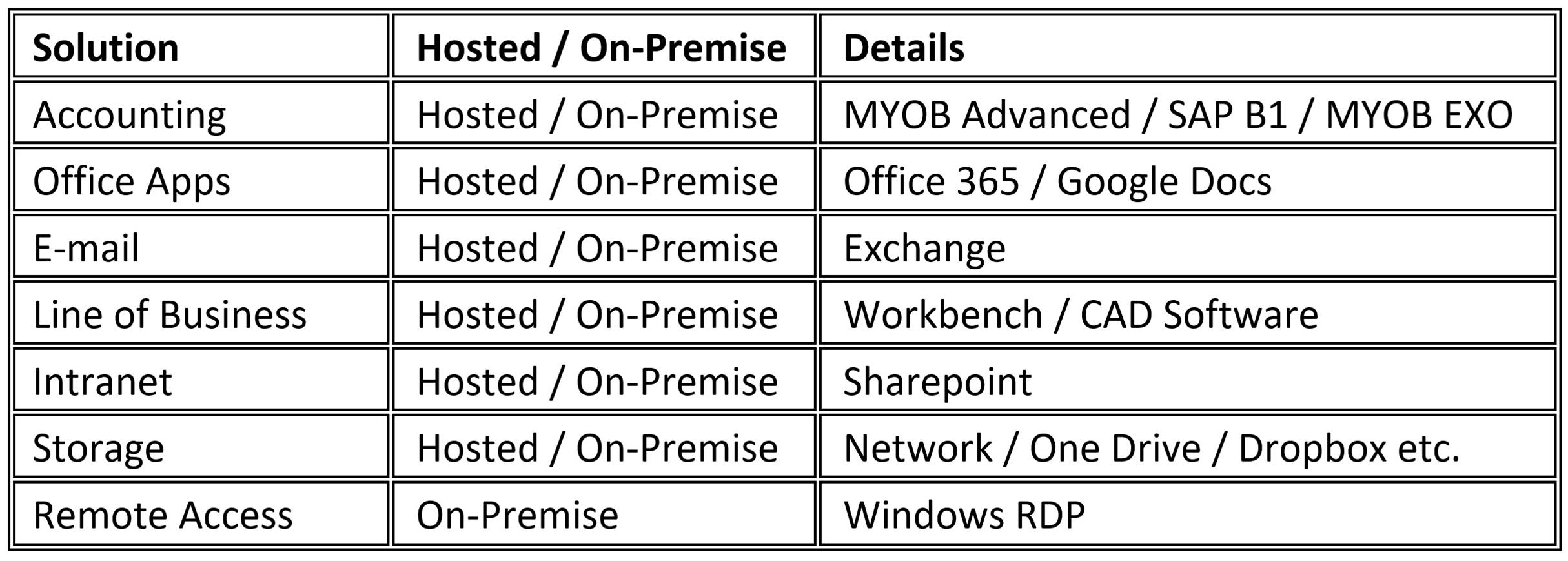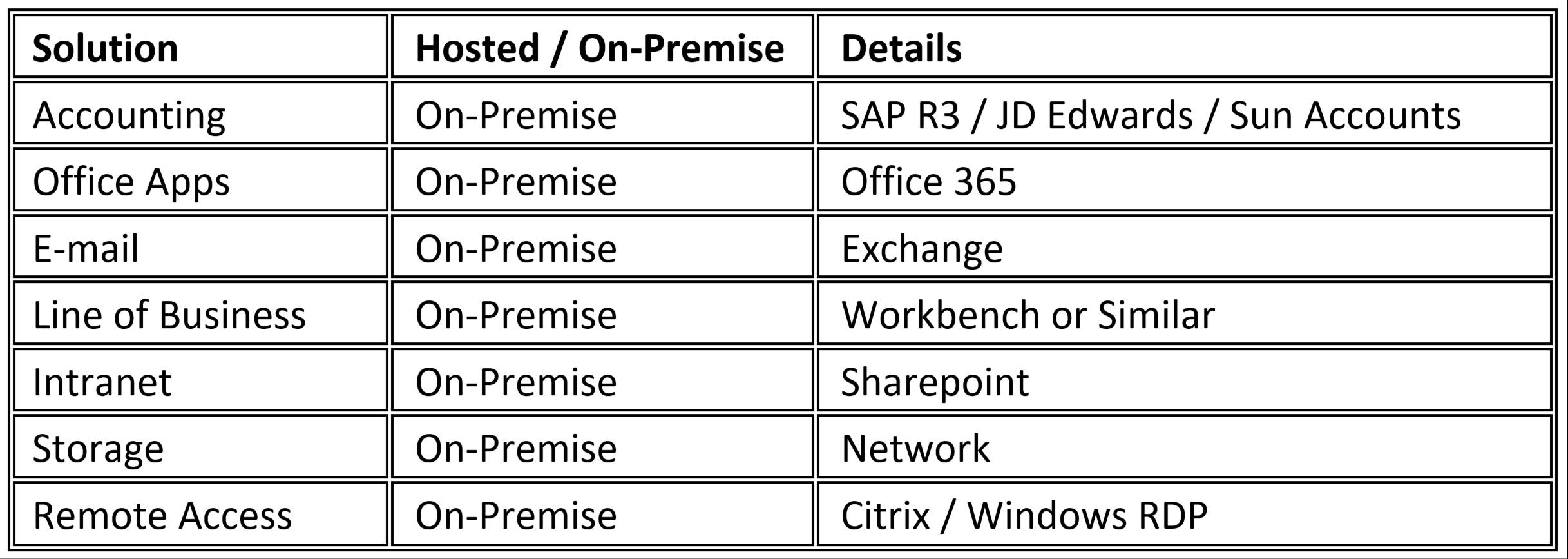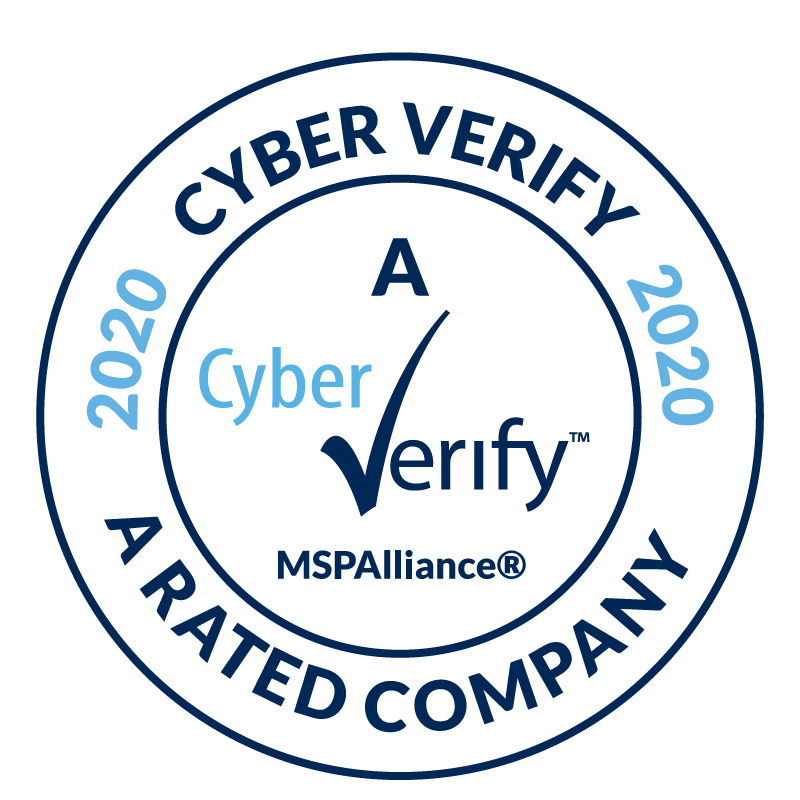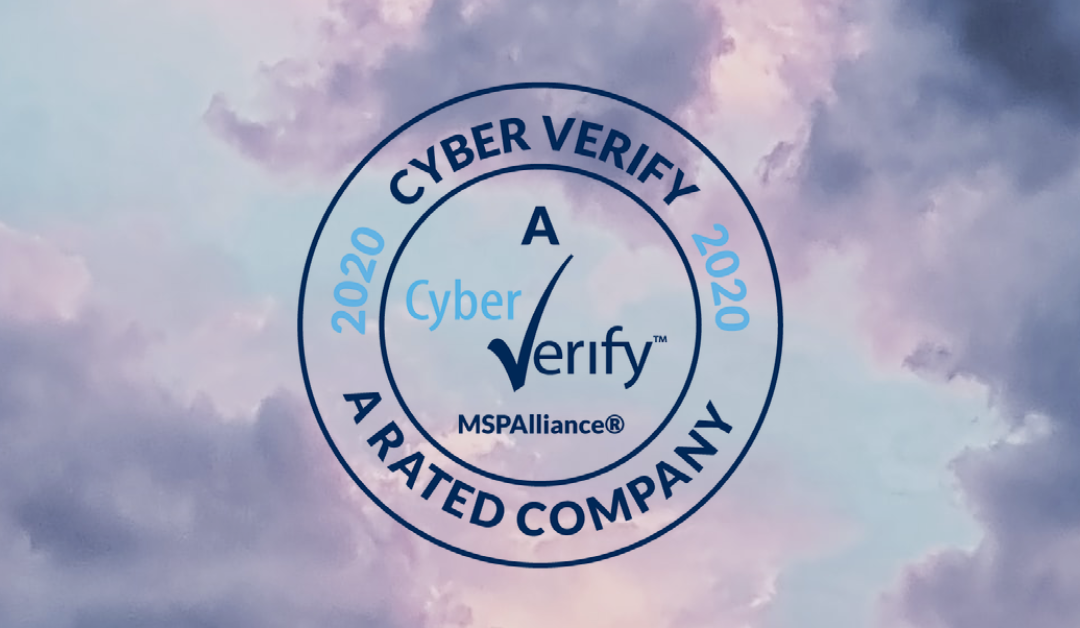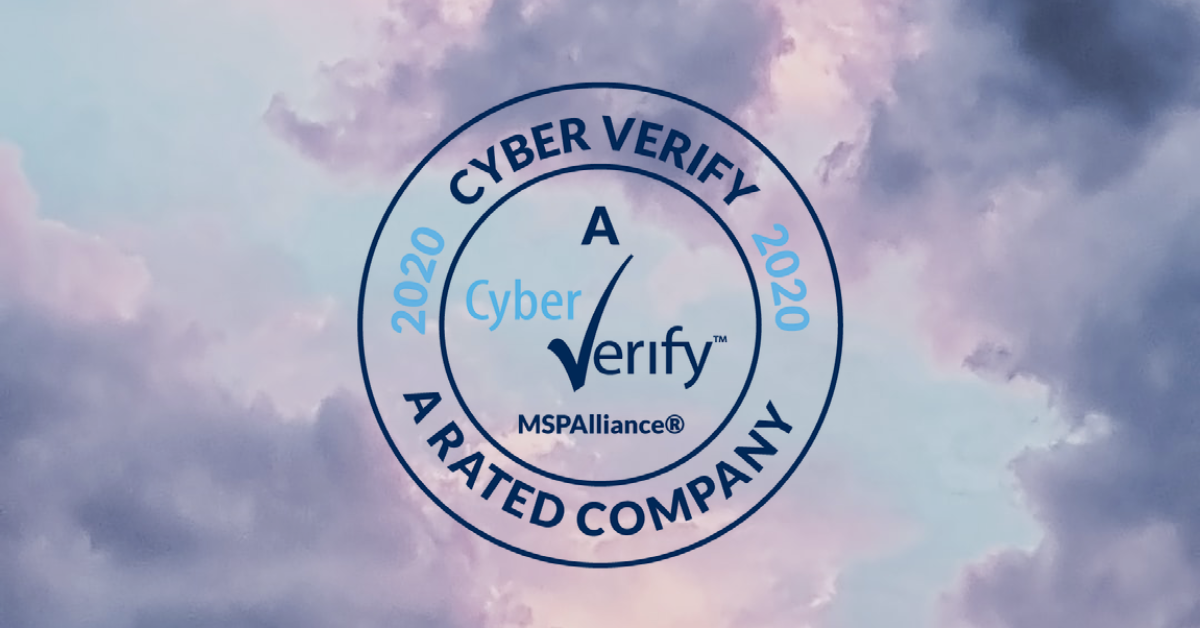
3 Signs It’s Time For a Server Upgrade
Is Your Server Seeing Stars?
Sometimes called a “super computer” or simply a “computer bigger than yours,” a server is a technological infrastructure that hosts a shared resource pool. Servers become more complicated as small businesses grow and require multiple pieces of hardware to support company software. A multi-site company might have multiple servers at each location to support various types of users, devices, and software interactions. Many of us never physically see the servers that support our personal devices, yet our data is available across phones, laptops, tablets, and desktops. Unfortunately, old servers put our data at risk. Is it time to take a good look at a server upgrade?

Sign #1: The Word “Outdated” Comes to Mind When You Think About Your Server
A timely server upgrade can increase profitability by giving you a competitive edge since a server upgrade is most often a “profit now, profit later” occasion. For example, Section 179 allows business owners to upgrade technology and write off purchases. Business growth is challenging, and investments can be risky, and there are programs in place that acknowledge and assist with this reality. Like you might replace an old furnace or broken window when the timing is right for tax deductions, you might replace old technology when your CFO or accountant sees an opportunity to take advantage of a tax break.
Sign #2: You Find Yourself Questioning the Security of Your Data
A handful of “S” words haunt the security issue, with servers as the first serve. When looking for signs of server insecurity, also inspect system assessment history, speed issues, storage requirements, and sensitivity of information handling.
Is your current server architecture safe from hackers? Ransomware is becoming an amateur hacker’s play now that Cybercrime as a Service is becoming a popular business exchange on the Dark Web. SaaS (Software as a Service) and BYOD (Bring Your Own Device) cultures increase the risk as they both allow more complex interactions with your network.
How much of your data is sensitive, and can your servers keep up with compliance regulations? If your office handles medical information, you’ll need technology solutions that comply with HIPAA. The acronyms of compliance are often industry-specific notations that change yearly to adapt to new threats.
Backup management and documentation strategies need to be supported by a network that can process information swiftly and without risk of data loss. Storage needs increase as devices become more interactive, and physical servers don’t offer the same flexibility as virtualized servers, so this is also something to take into consideration as you question data security. No room in the server means no data saved for your future. Inadequate or improper data storage can become a costly mistake that can lead to significant strain on your budget.
Sign #3: You Worry About Stability & Know a Server Upgrade Could Help
If you have a physical server to maintain, you know the burdens of cooling costs, fire alarms, and on-site security systems. Your server room is vulnerable to both physical and virtual attacks. Business owners rarely have time to analyze every file created, and every company click needs to be protected from malware and other threats. Ask yourself a few questions to see how much you know about the stability and accessibility of your backups:
- How do you archive company information?
- What are the greatest risks to your servers?
- If you need to upgrade your technology every 5 – 10 years, when will your servers need to be replaced so that you can stay competitive amid advancements?
- How long would it take to migrate your data to another physical server? Would it be more efficient to migrate data to the cloud? Is your data already somewhere in the cloud?
Now Is the Time To Take a Closer Look at Your Server
Unfortunately, on-premise servers fail, and routine assessments are necessary. EstesGroup can help. Our IT specialists are here 24/7 to provide recommendations for IT infrastructure, maintenance, testing, & more.
- Continuous server monitoring and testing, including penetration testing and advanced cybersecurity
- Backup & business continuity planning, including Backup as a Service (BaaS) & Disaster Recovery as a Service (DRaaS)
- Cloud computing strategy & design, including Infrastructure as a Service (IaaS)
- Managed cloud hosting, to fully upgrade your server & get ultimate security, availability, flexibility, scalability, & affordability
Wish to know more about server management?
